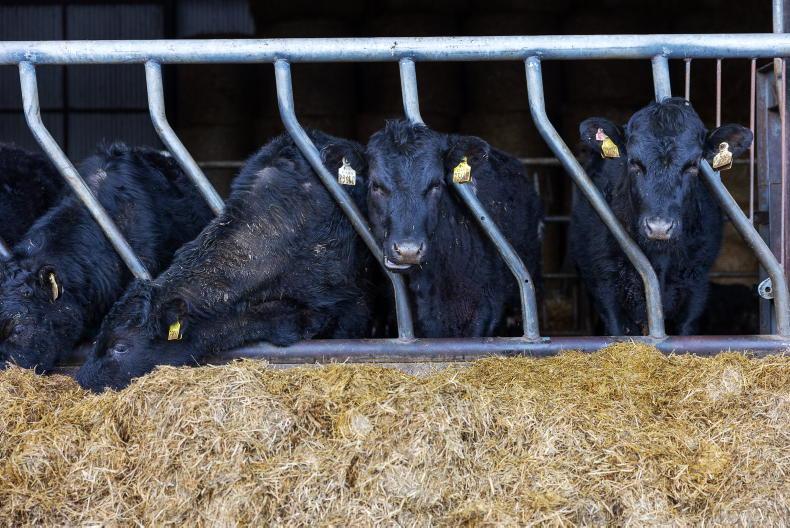I don’t think there has ever been a case of a drought followed by the wettest month on record in Ireland before, but such is the topsy turvy nature of the grazing game this year.
While ground was in desperate need of water in the latter half of June and into early July, soil quickly reached saturation point, as the incessant rainfall gave no chance for ground to dry out.
The result? Grazing and silage harvesting conditions that felt more like a muggy, wet March.
Limit damage
The real aim should be to limit the damage done to swards right now. As farmers who have experience of a wet September know, if you damage ground once in the latter half of the year, you won’t be entering that paddock again unless there is rapid drying out of ground. Damage done now will not only affect growth rates, but will also likely shorten up the grazing window for this year. Stick to the driest ground, use 12-hour breaks or on-off grazing and supplement when needed.
Unsettled cows
Reports from farmers are that cows are unsettled and it’s hard to blame them.
Some dry matters of grass have been as low as 10%, when in June we were seeing dry matters in the low 20s.
What this means is that for the same volume of grass going into stock, they are only getting half the amount of energy.
Dairy or suckler cows aren’t in a major energy requirement, but calves and weaned lambs may require supplementation to substitute for this poor dry matter.










SHARING OPTIONS